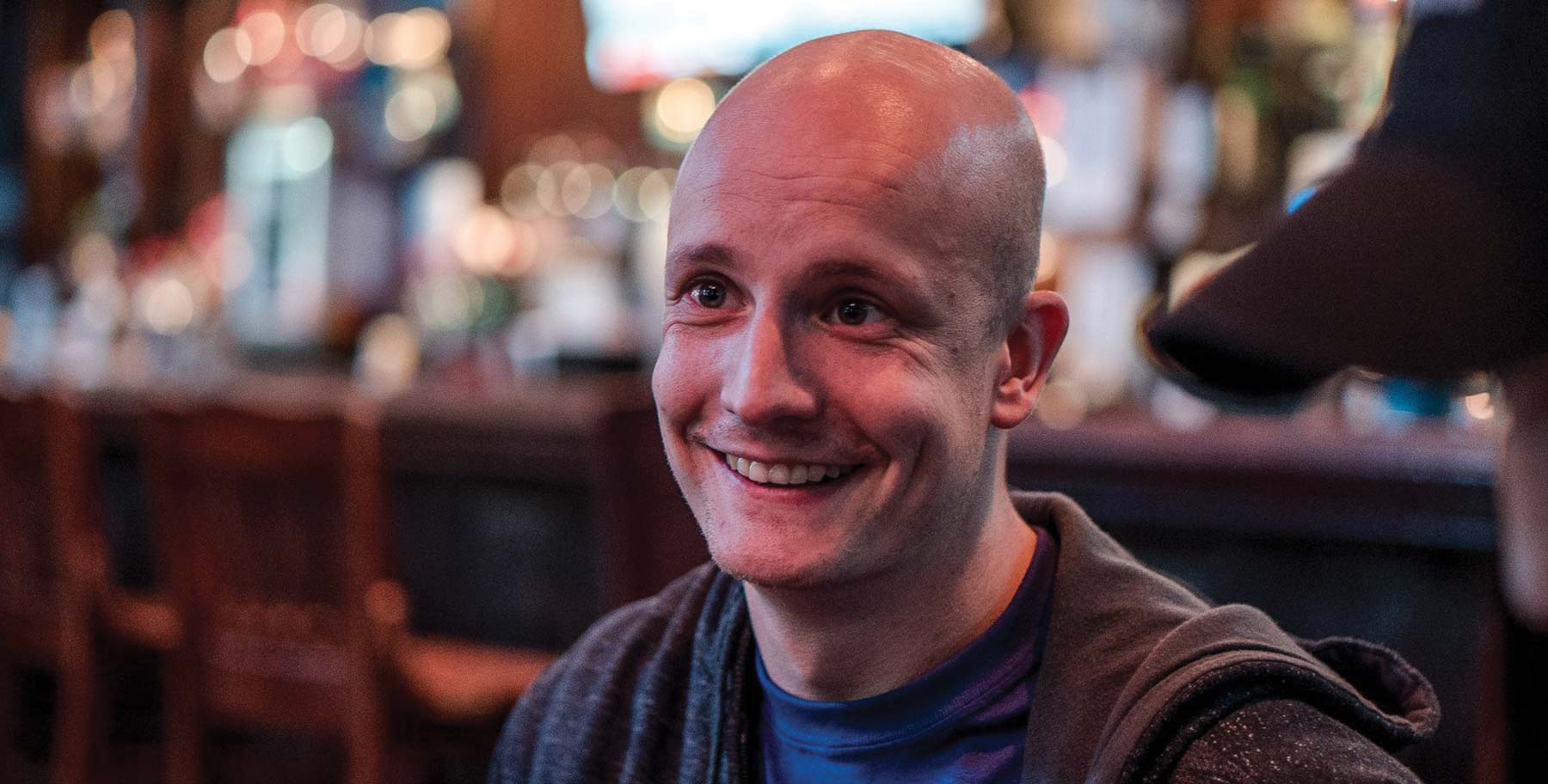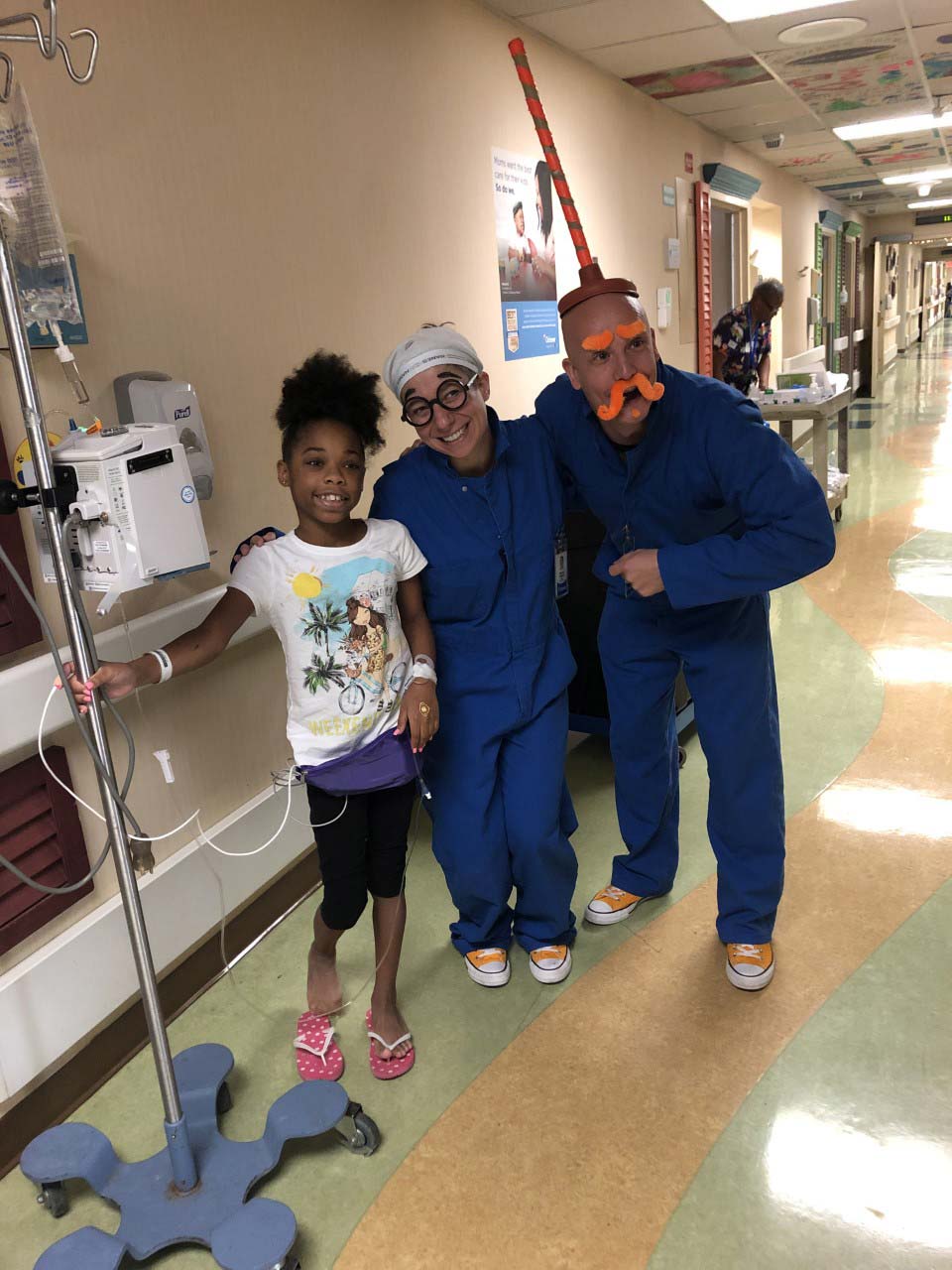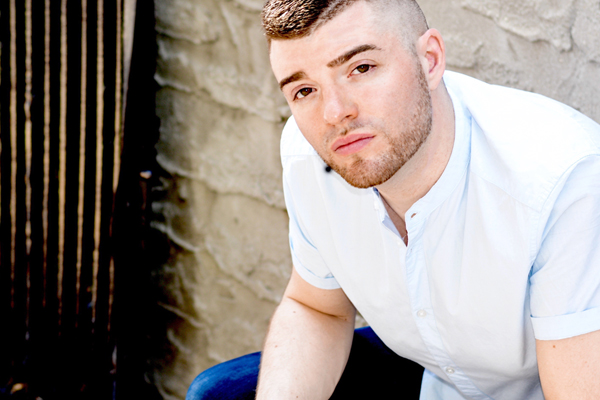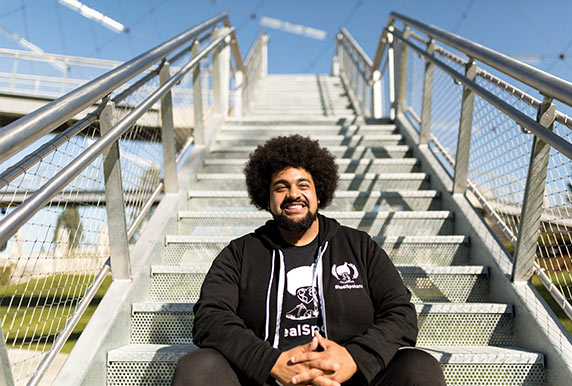Alex Smith '09
Theatre alumnus brings joy, connection to hospitals
Alex Smith's attire isn't that of your typical healthcare worker. Smith makes visits to New Orleans' children's hospitals wearing a blue jumpsuit and a bright orange mustache, often armed with a plunger, bubbles or a rubber chicken.
Smith, a 2009 Whitworth theatre grad, is the co-founder of Prescription Joy, a healthcare clowning organization that promotes "healing through human connection, whimsy, education, and play in hospitals and beyond."
Smith formed the organization with his best friend Becca Chapman, and together they make up the healthcare clown duo Joe and Goe. Smith, Chapman and Prescription Joy's several other clowns regularly visit two children's hospitals, a women and children's shelter, and an assisted living facility in New Orleans.
"One of my favorite things about the work is that healthcare clowns are for everyone," Smith says. "In a hospital setting, for example, the clowns are there to interact with the patients, but also their families and the staff. If you cross the threshold of a healing facility, the clowns are there for you, too! Even if only for a momentary 'hi' or silly interaction."
Smith's work isn't just about fun and games. He hopes that each visit empowers patients and brings them back to a sense of self through play.
"Contrary to the ideas spread in popular culture, healthcare clowning isn't relegated to telling jokes, making balloon animals and juggling," Smith says. "Healthcare clowning is, at its base, human interaction and connection to help release tension in environments of stress or uncertainty. While humor is important, the key is being there not for a 'sick kid' but to make a new friend. Clowns see beyond any of the ailments that might currently be affecting the patient. It might be a silly game, it might indeed be a joke or two, but it is truly about discovering the child's interests and their sense of play."

 Regardless of whether the visits are in person or virtual, Smith finds meaning in the connections he makes. "Being 100 percent there for and focused on the people we see is so freeing and fulfilling," he says. "I know that after every visit, I feel better, and hopefully that feeling is mirrored in the patients, staff and families I get to interact with."
Regardless of whether the visits are in person or virtual, Smith finds meaning in the connections he makes. "Being 100 percent there for and focused on the people we see is so freeing and fulfilling," he says. "I know that after every visit, I feel better, and hopefully that feeling is mirrored in the patients, staff and families I get to interact with."
